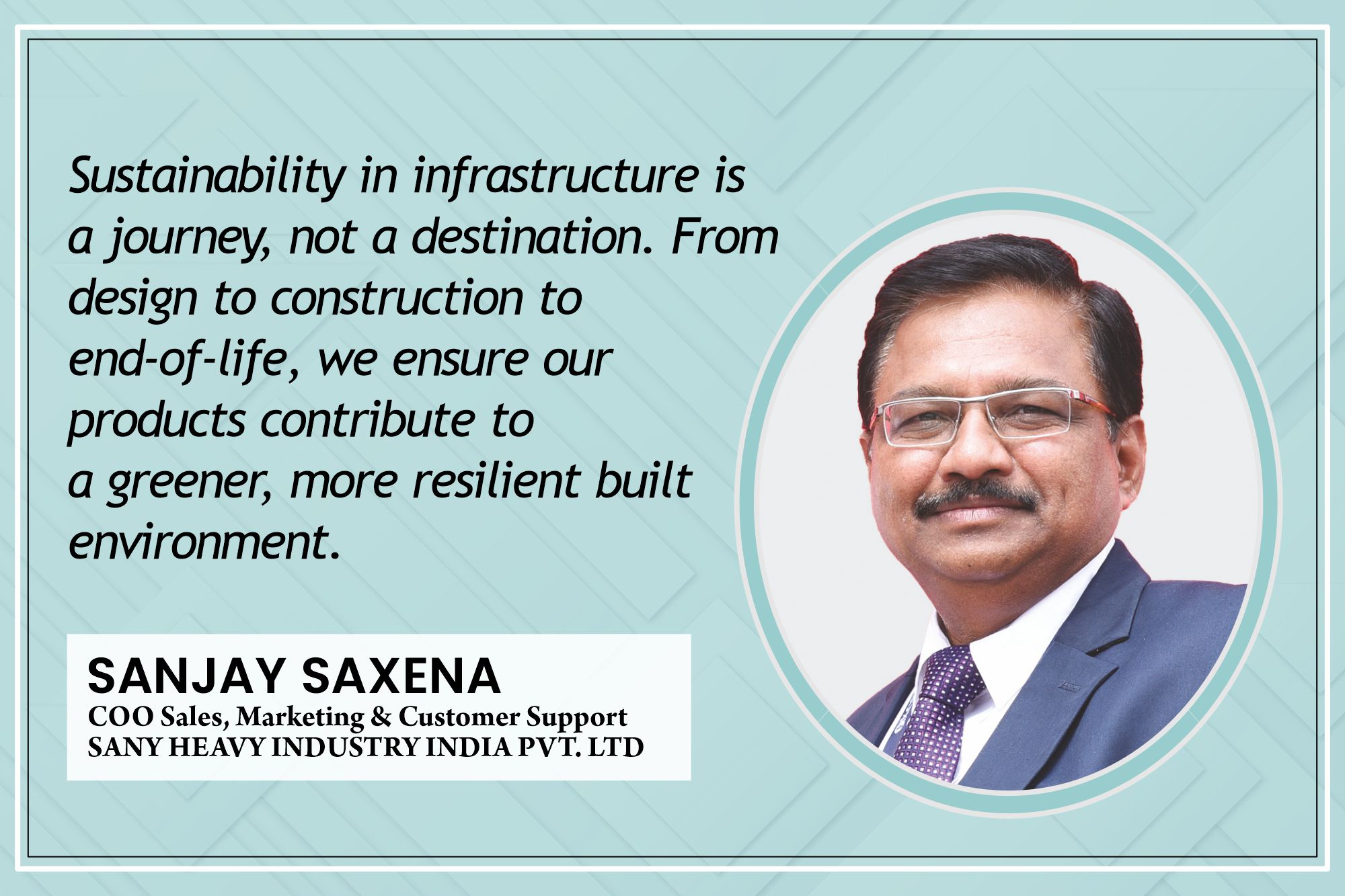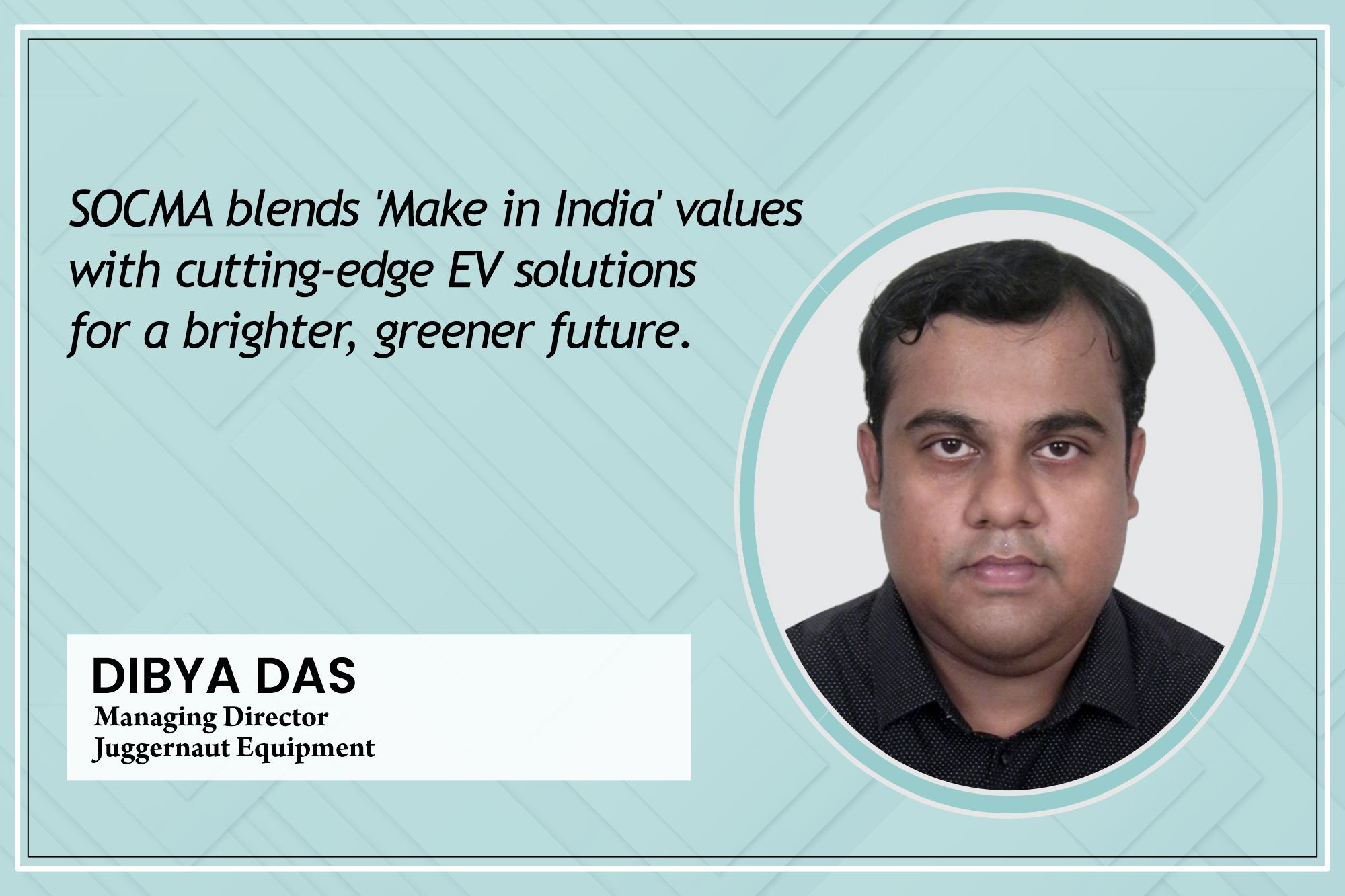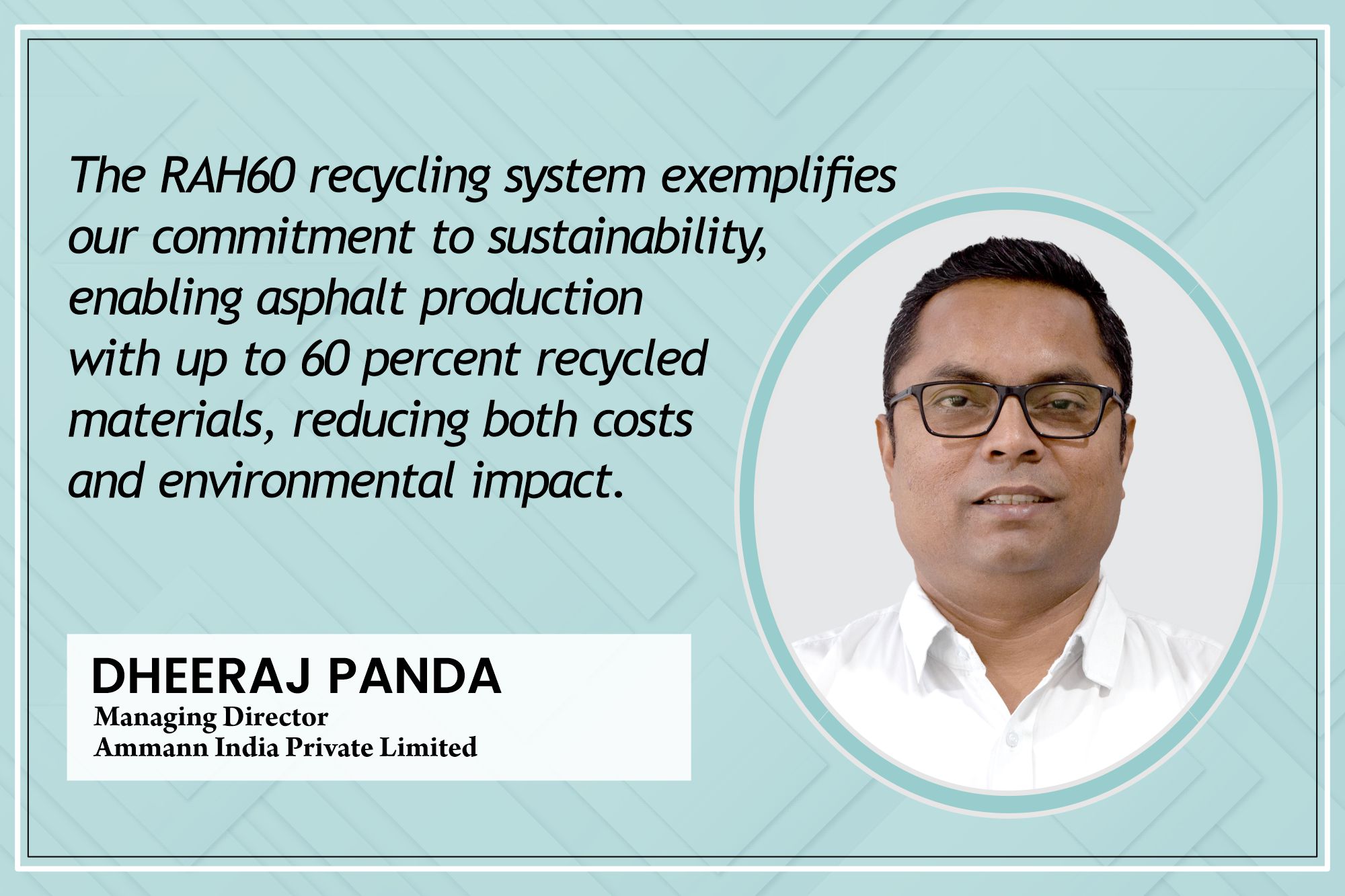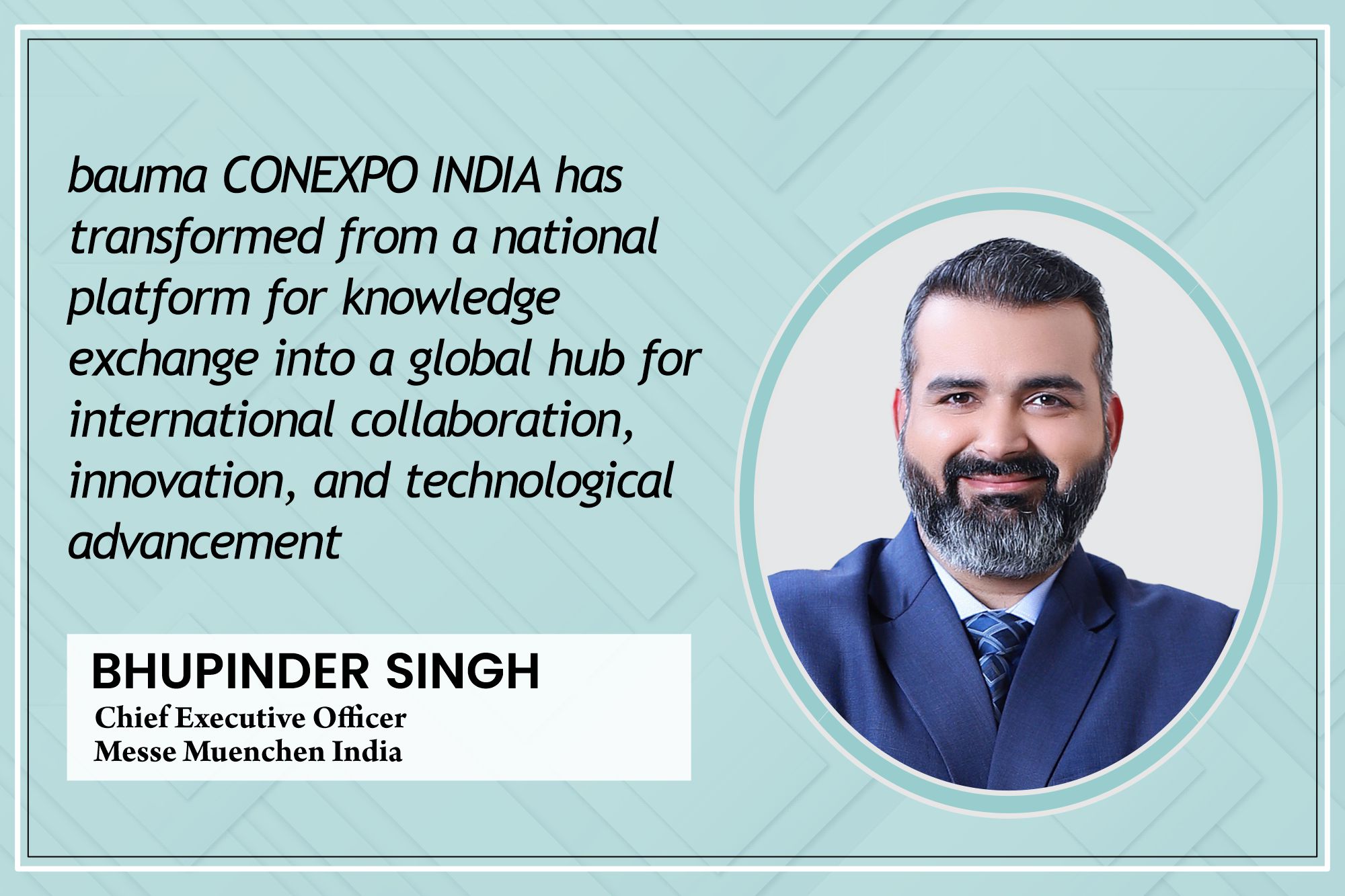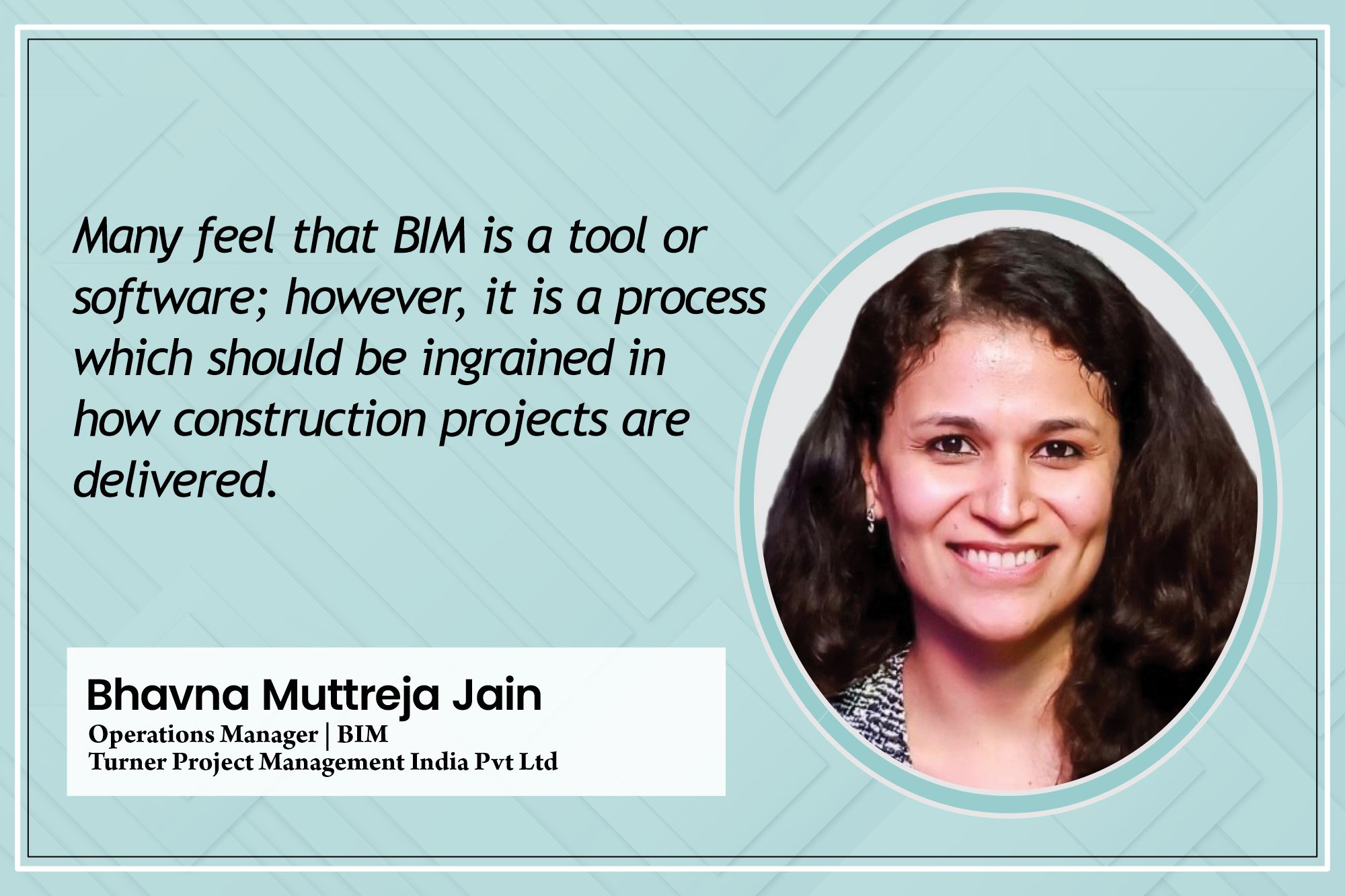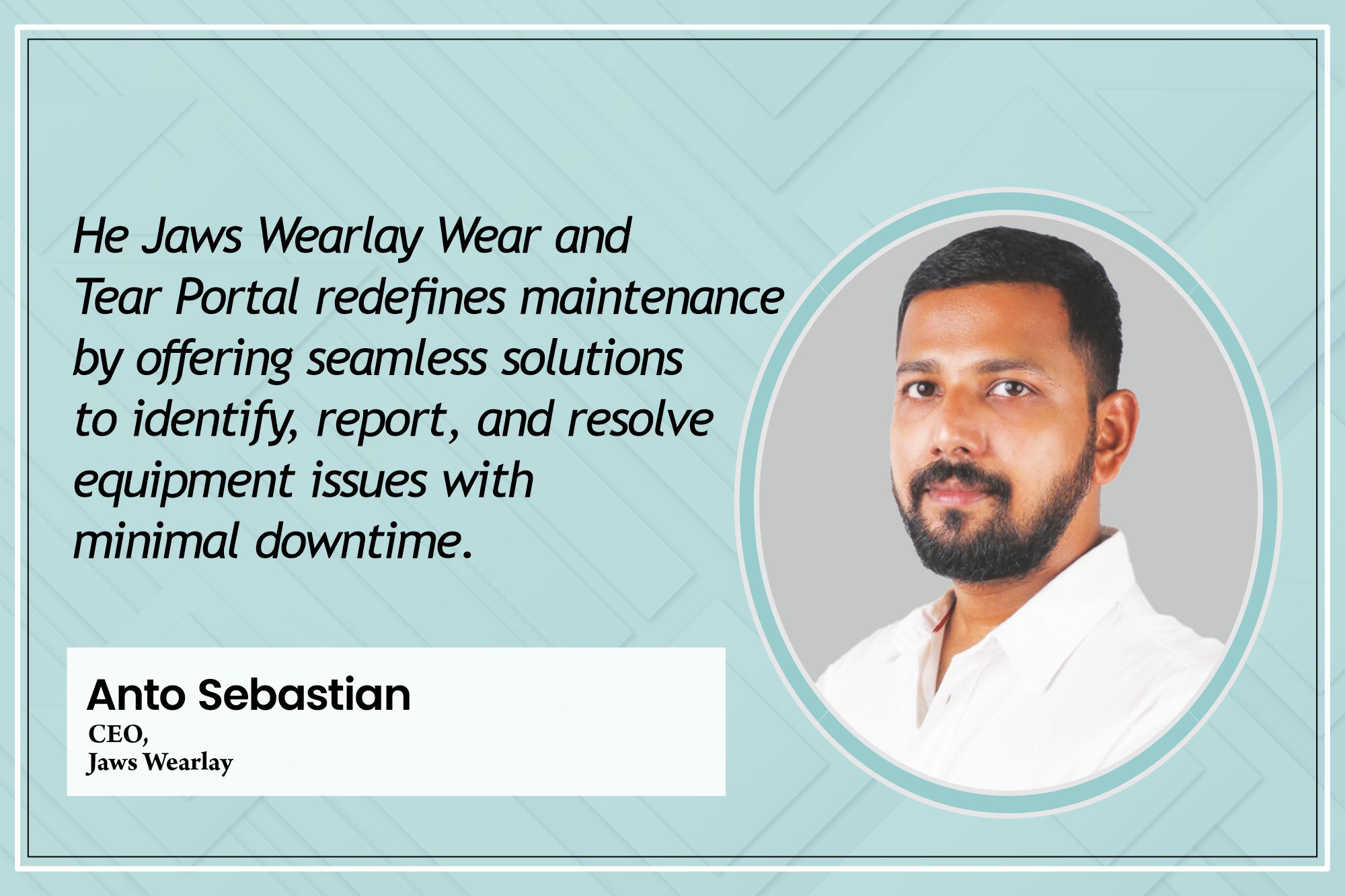Asphalt producers now are slowly realising the value of RAP
By Edit Team | February 9, 2021 7:19 pm SHARE
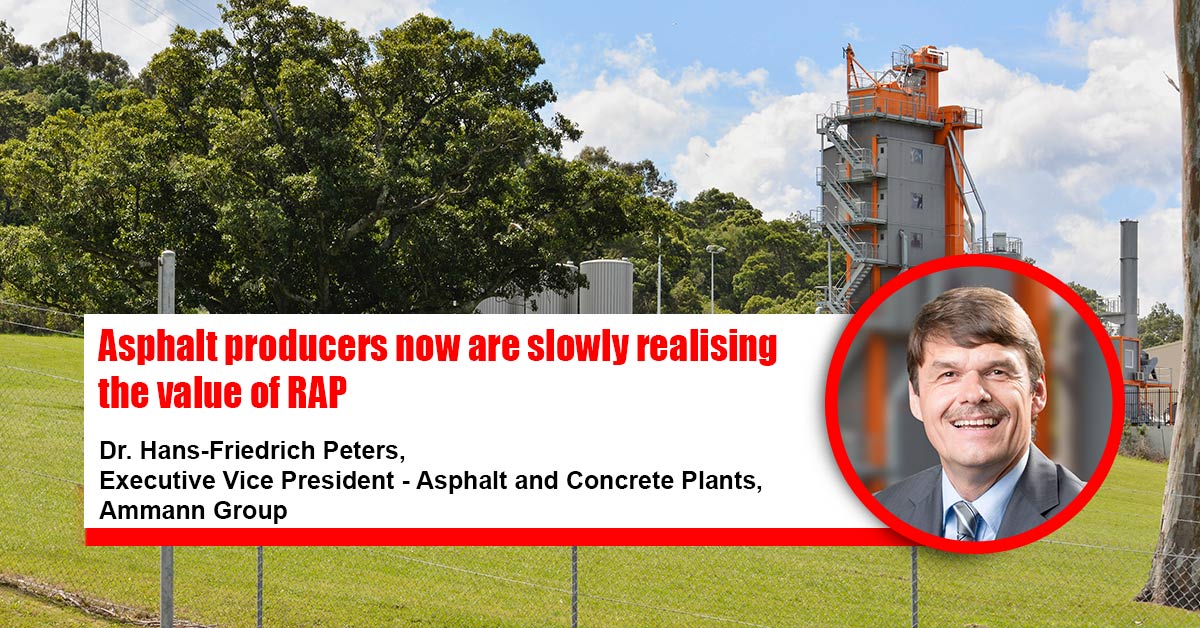
We should not categorise RAP as a waste material. It is a perfectly fine substitute for virgin materials. Our technology allows the use of RAP percentages up to 100 per cent, says Dr. Hans-Friedrich Peters, Executive Vice President – Asphalt and Concrete Plants, Ammann Group.
When it comes to sustainable asphalt production, what are the latest trends and what can we expect in the future?
Sustainability has been part of the roadbuilding conversation for decades. Hence improvements that make the methods and machines more environmentally friendly continue to gain momentum. Industry leaders increasingly see green practices as not only a way to better the world, but a tactic to improve profitability, too.
Conversations about “green” roadbuilding always start with the use of recycled asphalt (RAP). Can these recycled materials perform as well as mix made from virgin aggregate? Yes, the conversation does start with RAP – and it should. The biggest reductions in indirect CO2 emissions result from the implementation of RAP.
We should not categorise RAP as a waste material. It is a perfectly fine substitute for virgin materials. The aggregates in reclaimed asphalt show little ageing and are mechanically and geometrically within the quality ranges of new material.
Bitumen holds up well, too. Its ageing is limited and can be compensated by using small amounts of new bitumen. When utilising RAP you’re saving on both aggregate and bitumen costs – while reducing emissions, initially and over the lifetime of a road. Our technology allows the use of RAP percentages up to 100 per cent. In reality, the percentage is usually much less based on the amount of RAP that is available and the recipes defined by the authorities.
Are countries increasingly adopting recycling, or have we hit a bit of a plateau? And what about the earlier adopters – are they taking further strides or are they content to recycle at existing levels? Many countries that did not initially adopt recycling are now moving ahead rather quickly. China is an example of this. The country is leveraging some of Ammann’s most advanced recycling plants and creating mix with extremely high percentages of RAP.
The earlier adopters are now recycling even more. That can result from governments lifting restrictions, but increasingly it’s because the asphalt producers see the value of RAP. Whatever the motivations, the global community is benefitting. From an environmental perspective, all parties involved should increase their efforts to expand the percentage of RAP being used for new pavements.
How do Ammann plants heat the 100 per cent RAP mix without damaging the bitumen?
On the high end of RAP utilisation is the Ammann ABP HRT (High Recycling Technology) Asphalt-Mixing Plant. As stated, it can produce a mix with up to 100 per cent RAP. No virgin aggregate is required.
There is considerable technology and innovation involved in the HRT concept, in particular the RAH100 counterflow drying process technology. Essential to the RAH100 is its gentle heating process. During the warm mix process, the dryer heats materials between temperatures of 100°C and 130°C. It also makes asphalt at 140°C to 160°C if a more traditional mix is desired.
The heating is usually where the complications with RAP material arise. RAP must reach its target temperature, but the valuable bitumen will be damaged if the material is heated too quickly. The RAH100 eliminates that concern. It consists of two connected sections. One is a hot gas generator that contains a burner and forces air toward the second section, which is a counterflow dryer.
The RAP enters at the far end of the counterflow dryer section and moves toward the heat chamber. At the end of the counterflow dryer, RAP is transported to an accompanying silo. The heated RAP mix leaves the dryer before the temperature becomes excessive, so it never reaches the critical temperature where the bitumen is damaged.
One quick point about the ABP HRT: It’s an extremely advanced plant – I would say it’s the industry leader. Yet Ammann always strives for further improvement, so this system created more than a decade ago, is constantly improved. That includes the hot gas generator, which has been upgraded on multiple occasions.
The appearance of the ABP HRT is unique, with the recycling system placed above the mixer. What is the purpose of that design?
The plant is designed around the incorporation of large percentages of RAP. What you see is a nod to the fact that the HRT plant has elevated RAP from a supporting role to the lead actor. The most striking difference is that the ABP HRT’s entire recycling system is arranged vertically, in a direct line above the mixer. This allows materials to be dropped instead of conveyed, which minimises wear and optimises transport of the hot RAP. The HRT approach also means that there is enough room in the plant’s tower for additive feed components and for carrying out inspection and maintenance work.
Today, the HRT concept is the smartest operational method for handling the specific properties of RAP. Making a mix that theoretically consists of 100 per cent RAP is impressive. Yet many mix makers will utilise lesser amounts of RAP. What are the solutions for these customers? Many of our customers fall into this category, and we most assuredly have products for them.
There are varied heating processes that depend on the amount of recyclables. The RAH60 is a parallel flow dryer where up to 60 per cent hot recycled materials can be fed. The RAH50 is a middle-ring dryer that incorporates up to 40 per cent hot recycled materials. Recycling can occur at Ammann plants without these specific dryers. Up to 30 per cent cold recycled material can go directly into the mixer, meaning almost every Ammann plant is capable of utilising that amount of RAP.
At some point, it would seem that manufacturers such as Ammann could only make so much more progress on emissions. Are there opportunities for further reductions?
There are. The newest is in regards to volatile organic compounds (VOCs). These compounds must be diminished in the clean gas stream to cut the total carbon value.
We continually work to reduce CO2 emissions. This can be accomplished by actively cooling the drum, increasing drying efficiency and utilising energy sources such as biofuels and wood dust. Ammann technology can diminish CO2 by 10 per cent or even considerably more, depending on the age of the plant and the technology chosen.
There are other somewhat hidden opportunities to trim CO2 emissions, including the bitumen tank farm. A traditional farm consists of horizontal tanks heated with thermal oil. Changing to an electrically heated, vertical tank farm results in considerable advantages. There is no oil consumption and therefore no emissions. Electric heating is cost-effective, too. Electrically heated bitumen tanks have become standard in all of Europe and other parts of the world.
There are also other emissions like dust and odour. Their level of importance and the maximum values being allowed differs greatly from country to country and area to area. Our technology allows the lowest values for all of them (e.g. < 10mg/m³ of dust) without causing any restrictions on the plant operations.
Low temperature asphalt (LTA) is another opportunity that is becoming more prevalent. While conventional asphalt is produced at around 170°C, the low temperature processes of today allow production temperatures of around 100°C. Lowering the manufacturing temperature eases energy needs, and therefore emissions, too.
LTA impacts the entire production process – including drying, mixing sequences and recycling. Ammann has focused our research and development on the complete manufacturing process for LTA.
Cookie Consent
We use cookies to personalize your experience. By continuing to visit this website you agree to our Terms & Conditions, Privacy Policy and Cookie Policy.



